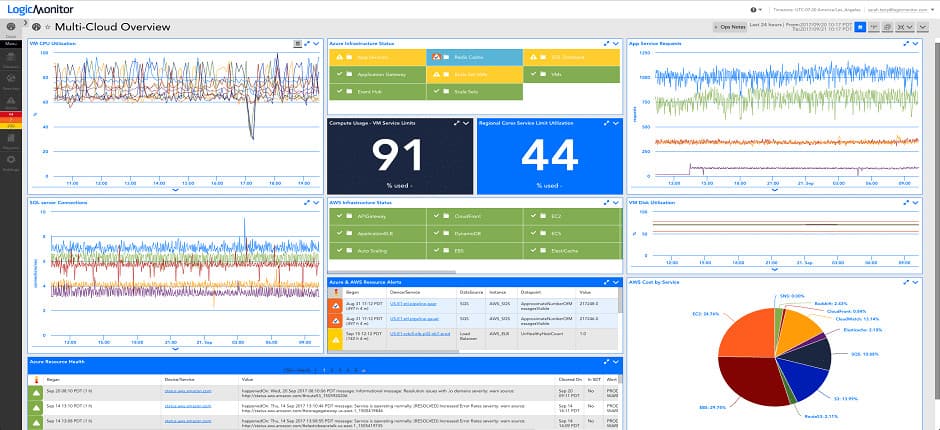- Fortigate Rules Plex Media Server
- Fortigate Rules Plex Media Server Download
- Fortigate Rules Plex Media Servers
Welcome to the forum. You'll need to ensure the server can receive inbound connections through whichever port you've designated, the default is 32400. For that to happen correctly, you'll need an inbound Application rule for Plex Media Server.exe and, depending of your Global rules, a corresponding inbound Global rule for TCP Port 32400. Plex is a client-server media software suite. It has two main components, plex media server, and plex player. Plex media server is an application that allows you to organize your media files like video, audio, photo, and other media from online sources, then stream them over the local network or over the internet. This article explains how to configure Nat Port Forwarding for Web Server on the Fortigate firewall device, so that external users can access the Web Server inside the local network. Next-generation firewalls (NGFWs) filter network traffic to protect an organization from internal and external threats. Along with maintaining features of stateful firewalls such as packet filtering, IPsec and SSL VPN support, network monitoring, and IP mapping features, NGFWs possess deeper content inspection capabilities. After you’ve set the port in Plex and set up the two rules (static IP and port forwarding) in your router, everything is all set. Simply hop back over or to the Plex Media Server control panel to double check the server status page, and enjoy. Plex Media Server generally works, by the magic of UPnP, right out of the box.
Overview

This article explains how to configure Nat Port Forwarding for Web Server on the Fortigate firewall device, so that external users can access the Web Server inside the local network
How to configure
- Log in to Fortigate by Admin account
- Firewall Object -> Choose Virtual IPs -> Click Create New

- Name for Nat rule
- In External Interface: Choose Port WAN of device
- In External IP Address/Range: Enter IP WAN of device
- In Mapped IP Address/Range: Enter IP of Web Server
- Tick in Port Forwarding
- In Protocol: Choose TCP
- In External Service Port: Enter 80 for HTTP and 443 for HTTPS
- In Map to Port: Enter for HTTP and 443 for HTTPS

-> Click OK to save
- Policy -> Click Create New
- In Incoming Interface: Choose Port WAN of device
- In Source Address: Choose All
- In Outgoing Interface: Choose Port LAN of device
- In Destination Address: Choose Web Server was created before
- In Service: Choose HTTP
- Tick in Enable NAT
-> Click OK to save
** If you have difficulty configure Sophos products in Viet Nam, please contact us:
Hotline: 02862711677
Email: info@thegioifirewall.com

For years I was dedicated to my craft of buying records of vinyl, ripping the songs to WAV and Djing alongside my digital collection of music compiled over years from various sources. More recently, I've found myself almost entirely converted to the use of Spotify! However, some of my more obscure soundcloud downloads and vinyl rips are missing from Spotify and so an Azure based Plex server, and the Plex app on my laptop and phone are the perfect solution.
I followed the steps from this video https://youtu.be/ylklaOXz8Fc with a few tweaks along the way.
Virtual Machine
- Download Plex Media Server from https://www.plex.tv/media-server-downloads/. In this tutorial, I will use a Linux VM and so downloaded the Linux version of Plex.
- Create a resource group. Mine is called 'Plex'.
- Inside 'Plex' RG, create a storage account. Mine is called 'alexplex'.
- Once created, inside your storage account e.g. 'alexplex', click File shares (under File Service) and add a File share. Mine is called 'plex' and I set the Quota as 1024.
- Inside 'Plex' RG, create a virtual network. Mine is called 'plex-vnet'.
- Inside 'Plex' RG, create a Linux virtual machine. I used the most recent Ubuntu Server OS image available on the Azure Marketplace. I used a B1s VM and mine is called 'plex-LVM1'.
- Link the previously created storage to the VM.
- Click on Network Security Group, and add an inbound rule for 1001 port.
- Validate and Deploy VM. Once deployed, copy the public IP address for the VM.
PuTTy

- As I'm using a Linux VM, I am going to use PuTTy. Download PuTTy from https://www.ssh.com/ssh/putty/linux/
- Open PuTTy and paste your VM's IP address into the Host Name field.
- Click the plus next to SSH on the left panel, then click Tunnels.
- Enter 8888 into the Source port field and localhost:32400 in Destination field.
- Click Session on the left panel, save this PuTTy configuration, and then click Open.
- Enter your password to log in to the VM.
- Enter the following commands:
Plex
Fortigate Rules Plex Media Server
- Open a browser window and type http://localhost:8888/web into the address bar.
- Log in with your Plex account and go through the steps to setup the Plex Server.
- When at the main Plex homescreen and ready to add media, return to the Azure Portal.
- Find your File share e.g. 'plex' and click Connect.
- Copy the command for Linux.
- Open PuTTy and run this command to mount your file share to a directory on the VM.
- Return to Plex, and click to Add Library. Browse for Media Folder and select the folder on your file share.
Fortigate Rules Plex Media Server Download
Azure Storage Explorer
Fortigate Rules Plex Media Servers
- Open Azure Storage Explorer. You may need to install this if it is not installed on your local machine.
- Add your Azure account and sign in
- Find your File share e.g. 'plex' and start to add your media from your local machine to the File share
- Open Plex and see your files begin to show :)